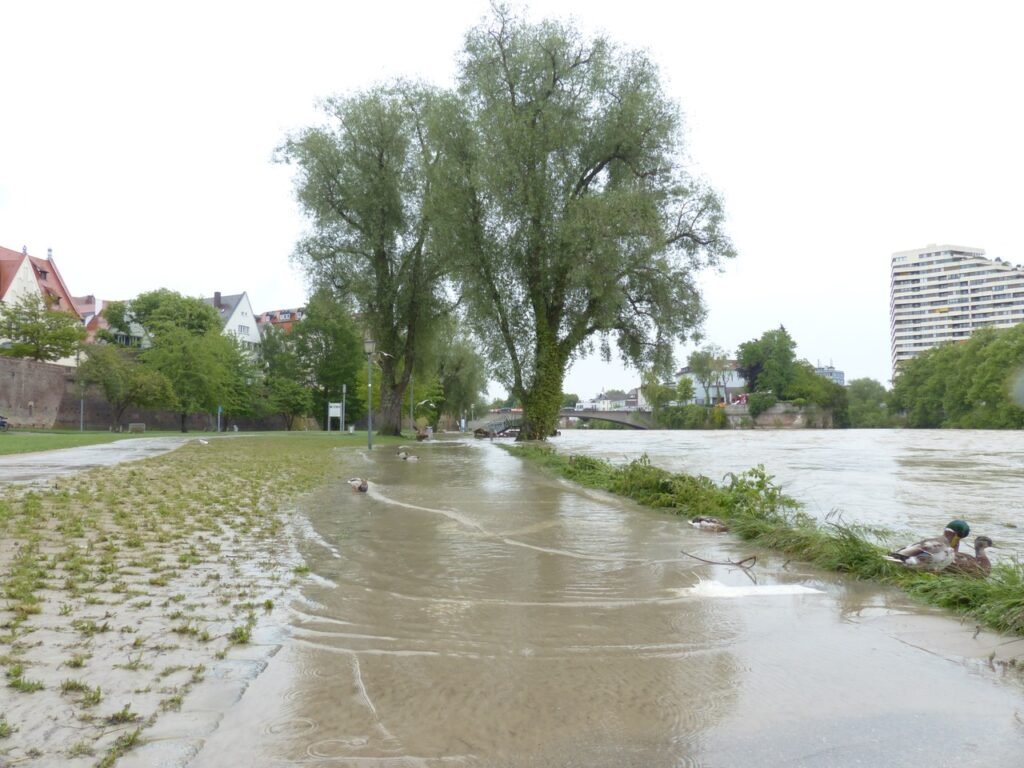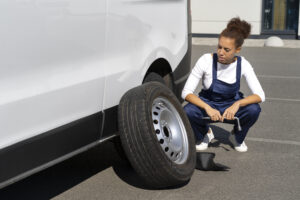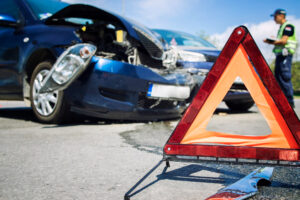Southern Africa is the site of a weather anomaly as tropical storm Eloise, clashes with another weather disturbance, ex-Eloise. The result has been severe weather conditions across South Africa from mild rain to flooding. Drivers need to exert extra caution and be prepared for the challenges this will create.
First and foremost, try to stay off the roads or if you cannot, avoid low-lying bridges, areas prone to flash floods or large pools of water in the road. Here are a few tips to keep in mind.
Driving in rain
- Turn on your headlights.
- Leave larger following distances so that you have more time to respond if something goes wrong.
- Aquaplaning (skidding) is one of the biggest risks in rainy weather.
- If you do aquaplane, slowly lift your foot off the accelerator.
- If you start to skid, do not slam on the brakes.
- Do not jerk your steering wheel in an attempt to guide the direction you want to go in, rather continue steering in the direction you want to go
- If the downpour becomes extreme and there is a safe place to pull over, and wait for it to subside.

Pools of water:
- Estimate the depth of the water. Avoid driving through water that comes to the middle of the tyre or higher.
- Most drivers risk driving through a pool of water but roads that collect water are more vulnerable to collapse and it is easy to underestimate their depth.
- Where possible, drive in the middle of a road where the water is at its lowest.
- Be prepared for off spray from passing cars which can be blinding.

Fast-flowing water
- Never drive through fast flowing water as it is very difficult to judge its depth.
- If you are caught in fast-flowing water unexpectedly, drive slowly and steadily through while in first or second gear.
- Once you are through the water, lightly touch your brake a few times to dry them off.
If you are in danger of being swept away abandon the vehicle but only if you can get to a place of safety. Rather be overcautious because it is better to be safe than






